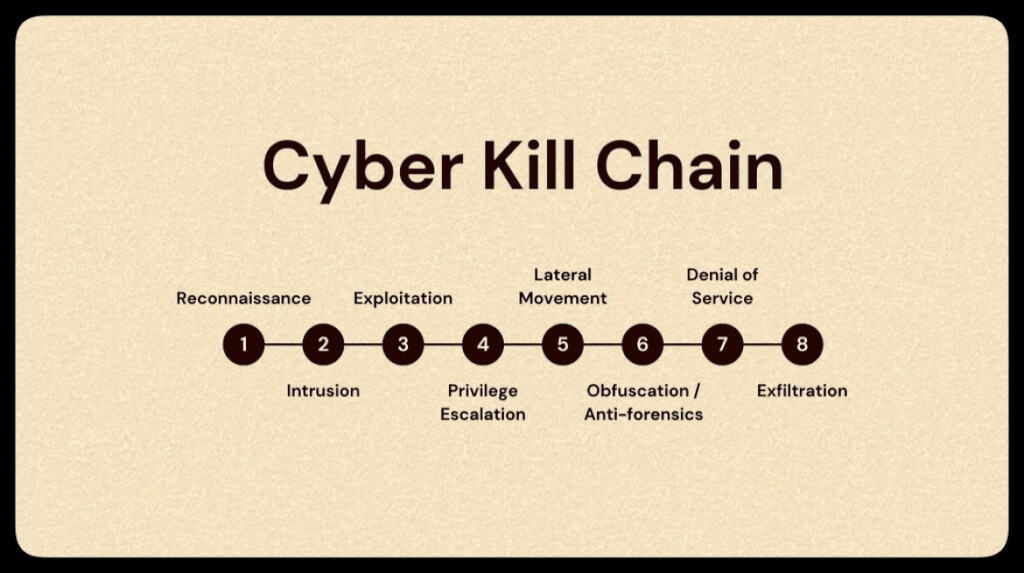Threat actors
Threat actors use viruses, worms, and Trojan horses to carry their payloads for other malicious reasons.
The most prevalent malware is ransomware, which denies access to the infected computer system or its data.
The cybercriminals then demand payment to release the computer system.
Ransomware has evolved to become the most profitable malware type in history. In the first half of 2016, ransomware campaigns targeting individual and enterprise users became more widespread and potent.
There are dozens of ransomware variants.
Ransomware frequently uses an encryption algorithm to encrypt system files and data. Most known ransomware encryption algorithms cannot be easily decrypted, leaving victims with little option but to pay the asking price.
Payments are typically made in Bitcoin because users can remain anonymous. Bitcoin is an open-source digital currency that nobody owns or controls.
Email and malicious advertising, or malvertising, are vectors for ransomware campaigns. Social engineering is also used when cybercriminals who identify as security technicians call homes and persuade users to connect to a website that downloads the ransomware to the user’s computer.
Other Malware
These are some examples of the varieties of modern malware:
>Spyware — Spyware can be a system monitor, Trojan horse, Adware, tracking cookies, and key loggers
>Adware—This malware displays annoying pop-ups to generate revenue for its author. The malware may analyze user interests by tracking the websites visited.
It can then send pop-up advertising pertinent to those sites.
>Scareware—This category includes scam software that uses social engineering to shock or induce anxiety by creating the perception of a threat.
It is generally directed at an unsuspecting user and attempts to persuade the user to infect a computer by taking action to address the bogus threat.
>Phishing — Attempts to convince people to divulge sensitive information. Examples include receiving an email from their bank asking users to divulge their account and PINs.
>Rootkits — are installed on a compromised system. After they are installed, they continue to hide their intrusion and provide privileged access to the threat actor.
Common Malware Behaviors
Attackers continually modify malware code to change how it spreads and infects computers.
Computers infected with malware often behave as such:
- Appearance of strange files or desktop icons
- Antivirus programs are turning off or reconfiguring settings
- The computer screen is freezing, or the system is crashing
- Emails are spontaneously being sent out
- Files have been modified or deleted
- Problems connecting to networks
- Slow computer or web browser speeds
- Unknown processes or services running
- Strange computer behavior
However, this list will continue to grow as the internet evolves. New types of malware will always be crafted, and a significant goal of cybersecurity operations and professionals is to learn how to mitigate them.
Thank you for reading my blog post.
Download the “Writing Tips Made Easy” free e-book as a bonus.



